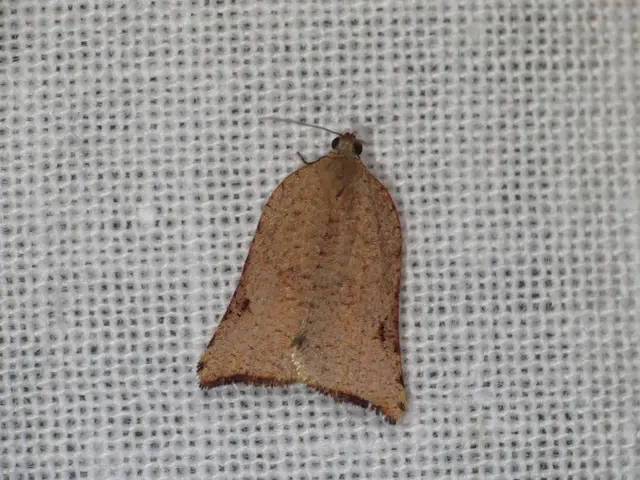"Eastern European Countries Consider Developing a UAV Barrier to Deter Russian Intrusion"
A Transforming Defensive Strategy: The Baltic Drone Wall
In response to mounting aggression from Russia, Eastern Europe is discussin' a novel defensive approach - the Baltic Drone Wall. This ambitious project aims to secure the European Union and NATO's eastern border using advanced drone technology.
Rene Ehasalu, a diplomat for the Estonian defense industry, explains the importance of international cooperation. He tells Gizmodo that, in light of Europe's evolving political climate, the need for defensive solidarity is paramount. The drone wall is a collective effort, he says, designed to deter and counteract potential aggression.
Protecting the border between Eastern Europe and Russia, a long and complex region teeming with forests, swamps, and mountainous terrain, is no small feat. Estonia's Interior Minister, Lauri Laanemet, proposed a unique solution last year – build a drone wall.
"This venture is unique and drone surveillance is crucial both for deterrence and countering our eastern neighbor's influence activities," Laanemet stated last year.
Ehasalu shares that Estonia and other countries have been deeply concerned by Russia's escalating drone use in the conflict in Ukraine. "The Russians seem to disregard civilian infrastructure when using drones on the battlefield," he notes.
Russia is investing in drone production and plans to churn out 100,000 drones annually at a facility in the alliance-adjacent Belarus by 2025. According to Ehasalu, the key to countering this drone offensive lies in clever systems that can track and neutralize the machines before causing harm.
The proposed solution involves a wall of sensors backed by innovative counter-drone weaponry and integrated artificial intelligence for target recognition and detection. Ehasalu believes that a combination of human oversight and AI assistance will be essential to ensuring the system's effectiveness.
Defense companies such as Rantelon, which developed a jamming device that successfully thwarted improvised explosive devices in Iraq, and Frankenburg Technologies, an Estonian startup working on affordable counter-drone missile solutions, have expressed their interest in contributing to the project.
Despite the challenges ahead, Ehasalu remains hopeful. The EU has pledged to invest an impressive €870 billion in defense over the next four years, with Germany potentially spending over €652 billion in defense costs over the following decade.
Ehasalu emphasizes that time is of the essence. "We must show force and commitment to push back aggressors, and the only way to achieve that is with swift action," he states. As former Soviet states scarred by memories of Russian rule, Eastern European nations remain vigilant and determined in their pursuit of security.
Insights:
- The Baltic Drone Wall is a collaborative defense initiative by Estonia, Poland, Finland, Latvia, and Lithuania, integrating AI and advanced drone technology.
- Notable participating companies include DefSecIntel Solutions, Rantelon, Marduk Technologies, Lendurai, Hevi Optronics, Frankenburg Technologies, and Telekonta.
- The Estonian government has allocated €12 million for the project, with additional funding expected.
Remember, the goal is to maintain brevity while relaying critical information. So, while the insights provide additional context, they should not dominate the rewritten article.
The Baltic Drone Wall project, a collaborative defense initiative by Estonia, Poland, Finland, Latvia, and Lithuania, aims to secure the European Union and NATO's eastern border using advanced drone technology. Rene Ehasalu, a diplomat for the Estonian defense industry, emphasizes the importance of international cooperation and notes that the need for defensive solidarity is crucial in the evolving political climate. The proposed solution involves a wall of sensors backed by innovative counter-drone weaponry and integrated artificial intelligence for target recognition and detection. Defense companies such as Rantelon and Frankenburg Technologies have expressed their interest in contributing to the project, with the Estonian government allocating €12 million for its development. Time is of the essence, as former Soviet states scarred by memories of Russian rule remain vigilant and determined in their pursuit of security.







